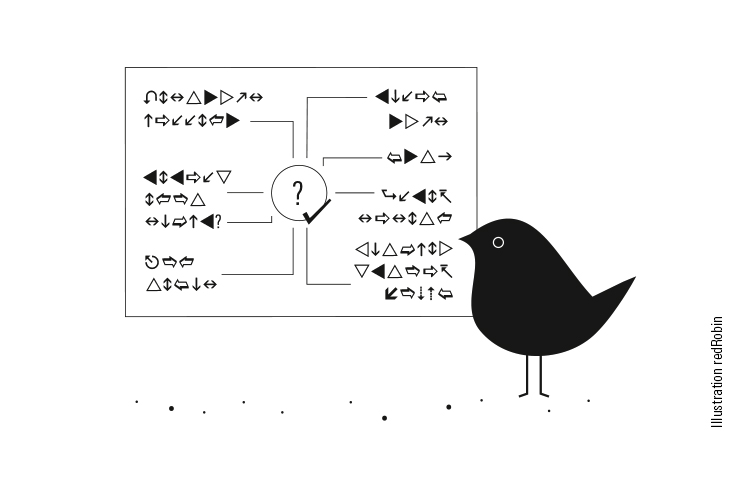Topics and interrelationships are becoming increasingly complex: Technological developments are progressing faster than ever before, and the global integration of financial markets means that a local event can have worldwide effects. In order to understand laws and treaties, a law degree seems to be needed and even top politicians prefer to hide behind subjunctives.
While the world is becoming more fast-paced, journalists are working under ever-increasing time pressure. The high degree of specialisation and complexity of topics make it necessary for them to resort to experts with the necessary specialist knowledge. Therefore, the growing complexity offers companies a communicative opportunity. They often have considerably more resources at their disposal to thoroughly research the facts and critically question the impact of current developments on their industry, their business activities and their customers.
We regularly advise our clients to use these resources for their communication and to analyze the challenges or opportunities of a complex topic for their stakeholders. The aim: to stand out from the daily flood of information with exclusive content and to position oneself as a critical, informed expert towards customers, investors and business partners - because great PR is always journalistic.
However, if companies want to seize this opportunity for their PR, they need to be aware of a small fact: the workload is considerably higher than for the classic press release. Because when analysing a topic, it is important not to rely on already existing reporting and thus make yourself dependent on the research of third parties. Instead, primary sources of information should be used, analysed and interpreted by the company's own experts. This means, for instance: original studies instead of summary reports and original bills instead of interviews with politicians.
An example: Hamburg based real estate expert Oliver Moll (Moll & Moll Zinshaus GmbH) analysed the electoral programmes of the individual parties prior to the 2017 federal elections in Germany and pointed out which long-term effects the respective party plans would have on the real estate market. The result: continuous media presence over several months in the form of a five-part series. Part 1 can be found here.


